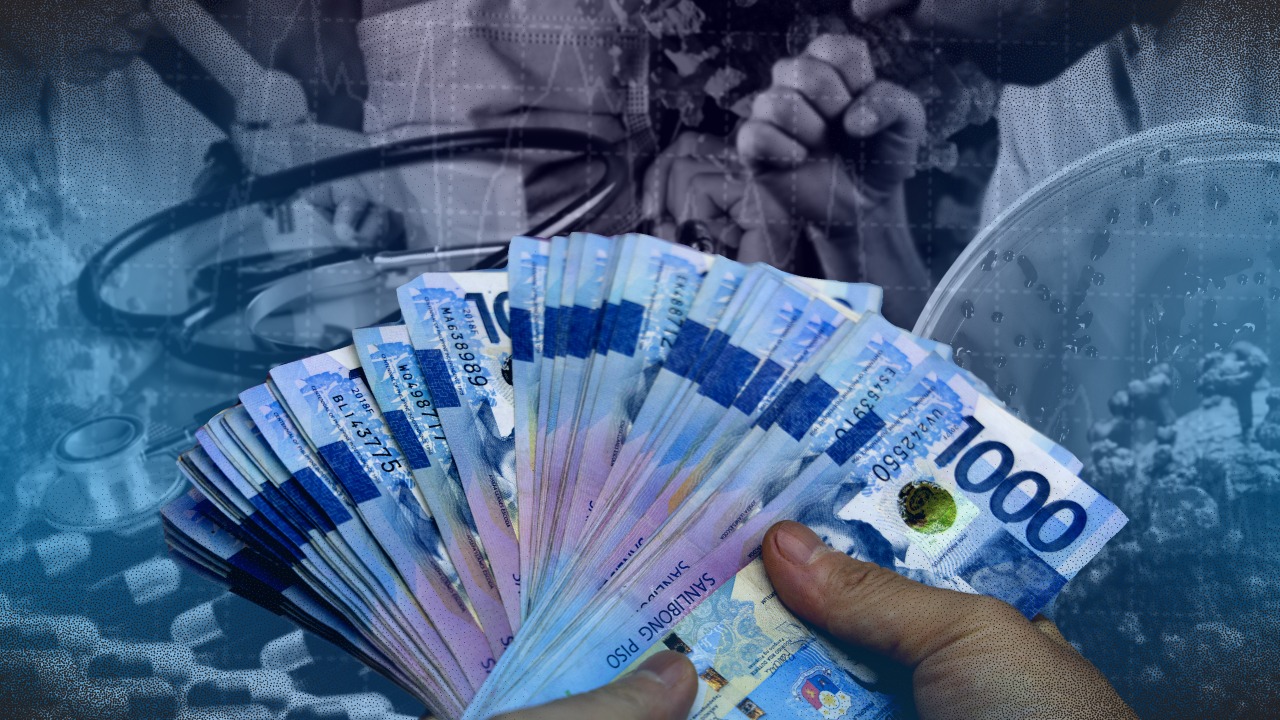MANILA, Philippines—While the Department of Health (DOH) said it was common to lose medical supplies because of their shelf life, health groups pointed out how “inefficiencies in a faulty system aggravate inequality that lead to pain, suffering, or death.”
Last Wednesday (Sept. 6), the Commission on Audit (COA) released a report, saying it found medicines, drugs, and other types of inventories of the DOH to be “expired and/or near-expiry, damaged, overstocked, excessive, understocked, slow-moving, undistributed, distributed late and/or accepted below 18 months.”
The medical supplies, the COA stressed, were worth P7.43 billion, pointing out that the wastage of government funds and resources was because of “deficient procurement planning, poor distribution and monitoring systems, and weakness in internal controls.”
Based on the report, most of the inventories were expired (P2.39 million); near-expiry (P86 million); damaged (P53,376); overstocked (P203 million); understocked (P879,233); slow-moving (P5.61 billion); delayed or undistributed (P1.5 billion); and with acceptance of below 18 months (P18 million).
It was pointed out by the COA that “the presence of overstocked and slow-moving inventory items evidenced excessive spending as the procured items comprised [a] volume of inventory far more than what the Centers for Health Development and Operating Units presently need.”
However, Health Secretary Teodoro Herbosa said there are really losses every year, stressing that “a certain percentage of your supplies will really end more than the shelf life.” He said the DOH would look into how they can mitigate the wastage and loss of essential medical supplies.
RELATED STORY: COA red flags mark ’indiscriminate’ waste of DOH funds even amid COVID menace
Looking back, this was not the first time that the DOH was called out for the same reason, with the COA saying that the DOH had expired, near-expiry, and damaged medicines worth P2.20 billion in 2019, P95.15 million in 2020, P85.21 million in 2021, and P7.43 billion in 2022.
RELATED STORY: Lacson says DOH ‘mafia’ may be behind waste of medicines; Duque vows probe
Sinking deeper into poverty
As stressed by the Council for Health and Development (CHD) and the Coalition for People’s Right to Health (CPRH), the problems that were listed down by the COA have clearly shown how inequality has worsened and is making life tougher for millions of Filipinos already struggling with poverty.
This, as it pointed out that “medicine is one of the biggest components of out-of-pocket expenses that drive Filipinos to poverty,” stressing that “when one gets sick and requires medical products, the rising costs of medicines can easily drive a family into debt or financial crisis.”
It said coupled with accelerating inflation, “people’s spending capacity decreases by the day.”
Based on data from the Philippine Statistics Authority (PSA), household out-of-pocket payment, or the direct outlay for medical expenses, comprised 44.7 percent, or P501.79 billion of health care spending in 2022, higher than the P478.04 billion in 2021, P412.97 billion in 2020, and P396.74 billion in 2019.
While government health care schemes still had the biggest share of health spending in the Philippines last year at 44.8 percent, or P502.95 billion, Filipinos, through direct outlays, spent an average of P10,059 for health in 2022, lower than the P10,341 in 2021 but higher than the P8,519 in 2020 and P7,579 in 2019.
The CHD and CPRH pointed out that for 2024, if the proposed cuts of the administration of President Ferdinand Marcos Jr. on the health budget would proceed, the public health system, including medicines and other medical supplies, could suffer serious bleeding.
Based on the 2024 National Expenditure Program, the proposed budget for the DOH is P311.3 billion, three percent lower than this year’s. Most of the proposed budget will go to the Office of the Secretary, which facilitates most of the government’s health programs all over the Philippines.
Wasted resources
As the COA pointed out, “overall, the problem exposed management’s inability to safeguard, manage, and utilize health funds and resources economically and effectively.”
RELATED STORY: COA also scores DOH ‘wastage’ of meds, supplies
Overstocked or slow-moving drugs and medicines are exposed to the risk of possible wastage because of poor conditions in warehouses and the maintenance of excessive supplies entails additional costs in terms of manpower and warehouse space which could have benefitted the government’s health programs for the poor, it said.
For the CHD and CPRH, perennial problems, which have been unaddressed in the current and previous administrations, “plague the health department in terms of logistics, distribution, unified planning and communication within and among the health department and its agencies.”
“The lack of health workers who are responsible for dispensing or distributing medicines is also a critical factor,” it said, even pointing out that the amount of the DOH’s reported spoilages could still be higher if the local government’s own expenses to transport and dispose of expired items will be included.
“At the end of the day, these are taxpayers’ money being wasted. Money that could have been used to address inequalities in health and alleviate the suffering of Filipinos,” it said.
The groups stressed that there should be an immediate and independent investigation “to identify and prosecute officials who are accountable for this crime and to root out systemic problems in DOH that allow or condone these inefficiencies and excesses.”
“We also implore the Congress and Senate to: protect the people’s interest and reject health budget cuts, realign confidential and intelligence funds to health and other social services, and increase the health budget towards 10 percent of the gross domestic product for a free, comprehensive, and renationalized public health system,” they said.
RELATED STORY: DOH: We’re addressing deficiencies in management of P67.32-B COVID funds
